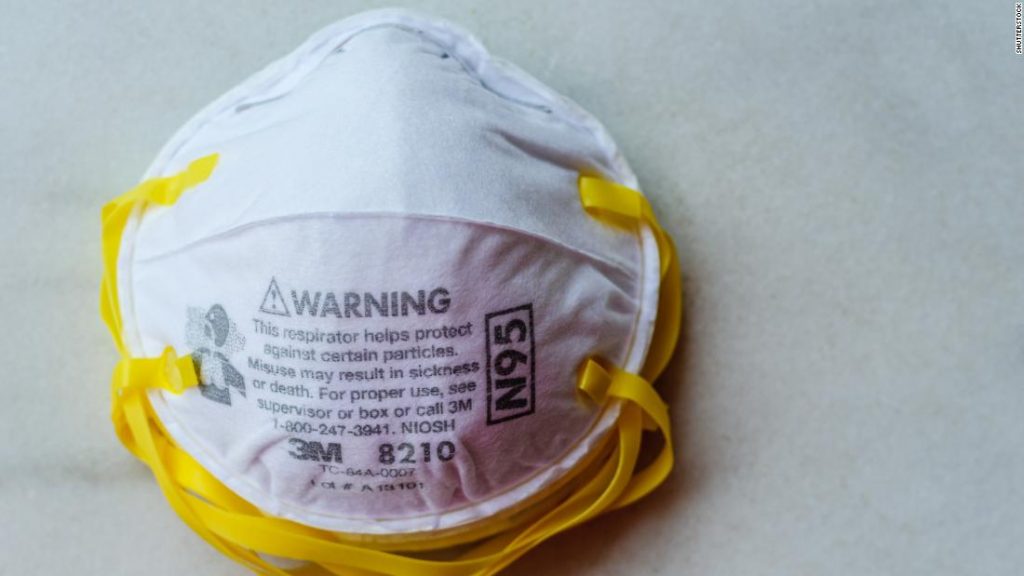Act now with n95 respirators mask and its benefits
It is Important to realize the best means to prevent airborne transmission is to use a mix of interventions from throughout the hierarchy of controls. The Centers for Disease Control and Prevention CDC doesn’t recommend the general public wear N95 respirators to protect themselves from respiratory ailments, such as coronavirus COVID-19. Those are crucial supplies that have to continue to be earmarked for medical care workers and other medical advisors, as recommended by current CDC guidance. For more information, see the CDC’s Recommendation about the Use of Cloth Face Coverings, Especially in Regions of Substantial Community-Based Transmission. The Very best way to prevent illness is to prevent being exposed to the virus. However, as a reminder, the CDC always recommends regular preventative activities, such as hand washing and keeping at least 6 feet of social distancing, to help stop the spread of respiratory ailments.

N 95 mask
N 95 mask are controlled under 21 CFR 878.4040. N 95 mask are not to be shared and could be tagged as surgical, isolation, dental, or medical procedure masks. They may come with or without a face protector. These are often called face masks, but not all face masks are controlled as N 95 mask. N95 mask are made in various thicknesses and with distinct ability to protect you from contact with fluids. These properties can also affect how easily you are able to breathe through the face mask and how well the surgical mask protects you. N 95 mask may also decrease vulnerability of your saliva and respiratory secretions to other people.
While A surgical mask may be effective in preventing splashes and large-particle droplets, a face mask, by design, doesn’t filter or block very smaller particles in the air which might be transmitted by coughs, sneezes, or specific medical procedures. N 95 mask also don’t offer complete protection against germs and other contaminants due to the loose fit between the top layer of the mask and your face. To safely discard your mask, then put it into a plastic bag and set it in the garbage. Wash your hands after handling the mask. Note that the borders of the respirator are intended to form a seal around the mouth and nose.